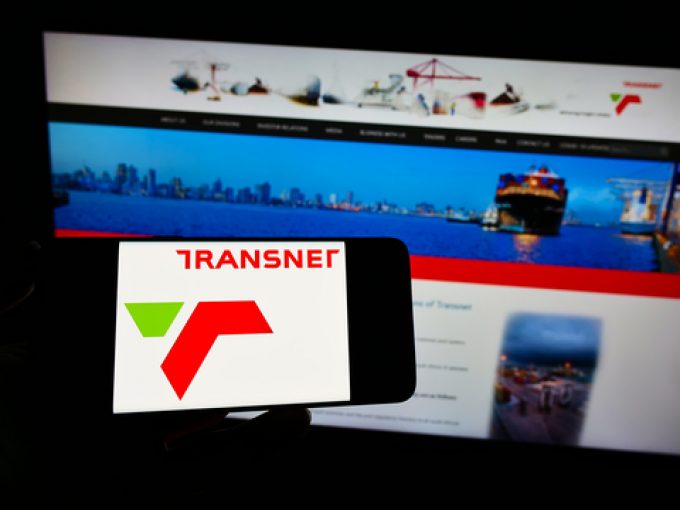Port privatisation off, but Santos STS10 terminal concession will be up for grabs
Brazil’s Ministry for Ports and Airports has decided to expand the container handling capacity of ...
GM: RAISING THE ROOF GGM: IN FULL THROTTLE GZIM: MAERSK BOOST KNIN: READ-ACROSSMAERSK: NOT ENOUGHMAERSK: GUIDANCE UPGRADEZIM: ROLLERCOASTERCAT: HEAVY DUTYMAERSK: CATCHING UP PG: DESTOCKING PATTERNSPG: HEALTH CHECKWTC: THE FALLGXO: DEFENSIVE FWRD: RALLYING ON TAKEOVER TALKODFL: STEADY YIELDVW: NEW MODEL NEEDEDWTC: TAKING PROFIT
GM: RAISING THE ROOF GGM: IN FULL THROTTLE GZIM: MAERSK BOOST KNIN: READ-ACROSSMAERSK: NOT ENOUGHMAERSK: GUIDANCE UPGRADEZIM: ROLLERCOASTERCAT: HEAVY DUTYMAERSK: CATCHING UP PG: DESTOCKING PATTERNSPG: HEALTH CHECKWTC: THE FALLGXO: DEFENSIVE FWRD: RALLYING ON TAKEOVER TALKODFL: STEADY YIELDVW: NEW MODEL NEEDEDWTC: TAKING PROFIT

South Africa’s port authority has moved the sector closer to privatisation after striking a “game-changing” 25-year partnership with International Container Terminal Services (ICTSI).
State-run Transnet said it selected ICTSI as preferred bidder for a joint-venture that will initially expand Durban Container Terminal Pier 2’s capacity from 2m to 2.8m teu – a highly contentious move.
Head of research and development at South African forwarding association SAAFF, Jacob van Rensburg, told The Loadstar: “This is a significant development for South African logistics.
“Despite need for caution at this juncture, the industry welcomes the development. Indeed, SAAFF – in conjunction with key business organisations and industry leaders – has long been a proponent of welcoming the private sector into South Africa’s maritime economy.”
Handling 72% of the port’s throughput, and 46% of the country’s, Pier 2 is Transnet’s largest terminal; however, performance across South African ports has rapidly declined in recent years.
Container throughput last year was roughly the same as in 2012, with container handling per hour more than 37% below Transnet’s targets, leaving many in the industry calling for the private sector to improve things.
“The long-maintained ideology of publicly owning and operating the national ports and rails system is archaic, and exceedingly rare internationally,” said Mr van Rensburg.
Nonetheless, a small step through a public-private partnership suggests opposition to the engagement of the private sector remains strong across South African society. Since 2018, president Cyril Ramaphosa has been pushing for external investment to boost port infrastructure, but even with this latest development, privatisation remains a highly divisive issue.
Under the arrangement with ICTSI, a new company will be formed to manage Pier 2, with Transnet retaining majority ownership of 50% plus one share.
And while the initial focus will be on Pier 2’s expansion, it forms part of a broader effort to increase the total container capacity across the port, from 3.3m teu to 11.4m – although Mr van Rensburg questions how viable this growth plan is, at least in the short-to-medium-term, while port inefficiencies remain.
“In the past two decades, South Africa’s exports have grown 1.6%, while imports have grown 4%; other international benchmarks are also damning,” he said. “Therefore, changes are needed in and around our ports and the entire logistics network.”
Comment on this article